1987 Pontiac Fiero GT Coupe 2-Door 2.8L
- Price: Ask a price!
-
Item location:
Campbell, California, United States
-
Make:
Pontiac
-
Model:
Fiero
-
SubModel:
GT
-
Type:
Coupe
-
Trim:
GT Coupe 2-Door
-
Year:
1987
-
Mileage:
64,200
-
VIN:
1G2PG1199HP205885
-
Color:
Red
-
Engine size:
2.8L 173Cu. In. V6 GAS OHV Naturally Aspirated
-
Number of cylinders:
6
-
Power options:
Air Conditioning, Cruise Control, Power Locks, Power Windows
-
Fuel:
GAS
-
Transmission:
Manual
-
Drive type:
RWD
-
Interior color:
GRAY & BLACK
-
Options:
Cassette Player, Leather Seats
-
Vehicle Title:
Clear
Pontiac Fiero 1987 Description
1987 PONTIAC FIERO V6 WITH 5 SPD THIS CAR IS IN GREAT RUNNING SHAPE AND IN ALL ORIGINAL CONDITIONThis is a very hard to find car with low miles !!!I am selling some of the cars from my collection. This beauty is one of them. I bought this car in 2010 and since then drove only a few times. It has been kept in a covered storage and maintained properly. I have driven the car last week for one last time and it drove like a champ. It is quick and responsive with its V6 and it is so much fun to drive with 5 spd. It shifts well and runs excellent. It has its original paint and it shines nicely. It has not been modified or altered in any way. I have used this car a few times since I bought it and I must sell some to reduce the amount of cars. I hate to see her go but can't keep them all. Here is some background information on these cars: The Pontiac Fiero is a mid-engined sports car with hidden headlamps. that was built by the Pontiac division of General Motors from 1984 to 1988. The Fiero was designed by Turkish Engineer Hulki Aldikacti as a Pontiac sports car. The Fiero was the first two-seater Pontiac since the 1926 to 1938 coupes. and also the first and only mass-produced mid-engine sports car by a U. S. manufacturer. Many technologies incorporated in the Fiero design such as plastic body panels were radical for its time. The Fiero turned out to be an unusual design for GM. which stood out from the rest of their product lines. The company had rejected development of a sporty. two-seater Pontiac since the late 1960s. as they believed it would steal sales from the Corvette. However. young Pontiac engineers in 1978 were able to sell the Fiero concept to the corporation as a fuel-efficient four-cylinder "commuter car" that just happened to have two seats. rather than a muscle car. When the engineers brought back a running prototype in less than six months. corporate bought it. However. the budget for the car. from design to building the machines for making the parts. was 400 million dollars. just a fraction of what GM generally spent on bringing a typical prototype car into production. Pontiac assigned oversight of the Fiero to Hulki Aldikacti. a Turkish émigré with a master’s degree in mechanical engineering from the University of Michigan and nearly 22 years of experience under his belt. Aldikacti’s initial challenge was with GM's corporate structure. which split its engineers into two categories: the car engineers who would create blueprints for the car. and manufacturing engineers who would work out the fabrication and assembly issues. Fiero blueprints traveled back and forth between the two engineering branches. wasting time and money. Aldikacti was forced to sit the two teams of engineers down next to one another. allowing for no excuses to why there was “no build” after his design was done. Many modifications in the Fiero’s production needed to be made; for instance. despite his long-standing interest in manufacturing body panels from plastic. Aldikacti consented to metal body pieces. the dies for which were much less costly. As the prototypes took shape. the exterior lines resembled more of a Ferrari or Porsche than a typical GM car. but the tight budget was taking its toll on the design. particularly on Aldikacti's dream of a high performance. aluminum-block V6; the cost of developing a new engine would be more than the production of the whole car itself. Instead. Aldikacti was forced to settle for the already manufactured four-cylinder engine GM produced for the Pontiac. the “Iron Duke. nicknamed for its heavy iron block. This engine was too blocky to fit into the tiny car so it was equipped with a smaller oil pan. causing the engine to always run a quart low. Aldikacti’s unorthodox design methods and personal manner made him unpopular to most of GM’s bureaucracy. Three times he was told by counterparts at other GM divisions that his car had been killed by the corporate bean-counters. In fact. however. the Fiero project was kept alive at the wishes of certain high-ranked defenders. chief among them William Hoglund. who took over Pontiac in 1980. Hoglund took the reins as the division was suffering from the loss of their hot rods in the late 1970s; Pontiac’s cars were said to be bland. outdated. and what customers of the past would buy. In 1983 Hoglund told his top three dozen staffers that Pontiac would rebuild itself with cars that were “exciting” and “different. ” These terms only described one of Pontiac’s cars in their current lineup. Aldikacti’s "commuter car. " In order to build the 100. 00 cars a year Hoglund’s marketing team committed to sell. Hoglund negotiated a deal to reopen a plant once shut down in the heart of Pontiac. Michigan. He and his staff wanted to prove that cooperation between management and labor could be solved without the use of robots on the assembly line. which GM’s top executives wanted to use. Hoglund allowed hourly workers to name Aldikacti's car; "Fiero" was their choiceThe word "fiero" means "proud" in Italian. and "wild". "fierce". or "ferocious" in Spanish. Alternative names considered for the car were Sprint. P3000. Pegasus. Fiamma. Sunfire (a name which would later be applied to another car). and Firebird XP. The Fiero 2M4 (two-seat. Mid-engine. four-cylinder) was on Car and Driver magazine's Ten Best list for 1984. The 1984 Fiero was the Official Pace Car of the Indianapolis 500 for 1984. beating out the new 1984 Chevrolet Corvette for the honor. A total of 370. 68 Fieros were produced over the relatively short production run of five years; by comparison. 163. 00 Toyota MR2s were sold in its first five years. At the time. its reputation suffered from criticisms over performance. reliability and safety issues. Today. however. compared to less adventurous attempts at two-seaters such as the Ford EXP. the unique style of the Fiero compared to other American cars has left it a cult following as a collectible car. It remains a popular chassis for rebodies and electric conversions. The public had high expectations for the Fiero with its mid-engine layout and aggressive styling. which resembled more exotic mid-engine sports cars. While initially garnering good reviews for its handling (Motor Trend 1984). the Fiero soon received negative reviews from other automotive critics who expected higher performance from a mid-engine two-seater. Despite the critical press. the Fiero sold well and although Pontiac operated three shifts at the factory during 1984. they could not keep up with initial demand. 19871987 saw changes to the front and rear fascias on the "base coupe" with the SE and GT models keeping the same "Aero" nose. The new non-aero noses lost the black bumper pads of the earlier models and had a smoother look. The four-cylinder engine's power rating increased to 98 hp (73 kW) with some major modifications which included a roller cam. redesigned intake manifold. distributorless ignition system (DIS). open combustion chamber cylinder head and upgraded throttle-body fuel injection system. This was the last year for the spin-on oil filter on the four-cylinder. The car was offered in Bright Metallic Blue and replacing the ribbed black molding was the round style found on the GT models. As a side note. the SE models retained the ribbed molding. and added the aero nose found on the GT. Redesigned headlight motors appeared in 1987. Pontiac Mera 1987Additionally. starting with the 1987 model Pontiac dealerships offered an upgrade in the form of an "option" that changed the original body to a Ferrari-type body. called the Fiero Mera. Corporate Concepts completed the "Mera" transformation and none were sold as kit form. The Mera body change was offered only on new Fieros. sold through Pontiac dealers and is considered a class of car in its own right. Only 247 Mera's were produced by Corporate Concepts before production was halted when sued by Ferrari. With its limited number produced. the Pontiac Mera is one of the rarest American made automobiles. 1987 productionVINTypeCars produced1G2PE11R#HP2#####Fiero23. 031G2PM11R#HP2#####Fiero Sport3. 351G2PF11R#HP2#####Fiero SE (I4)3. 751G2PF119#HP2#####Fiero SE (V6)1G2PG119#HP2#####Fiero GT15. 801G2PG119#HP2#####Fiero Mera88Total production46. 81
You may also like these classic cars for sale
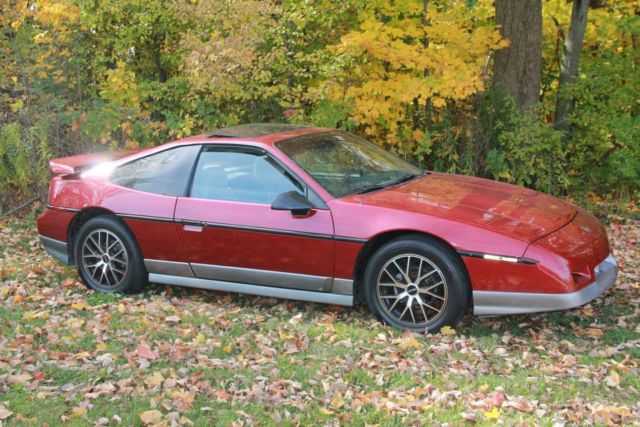
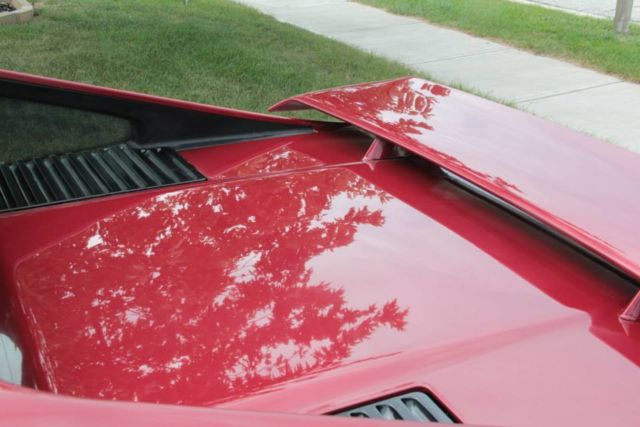

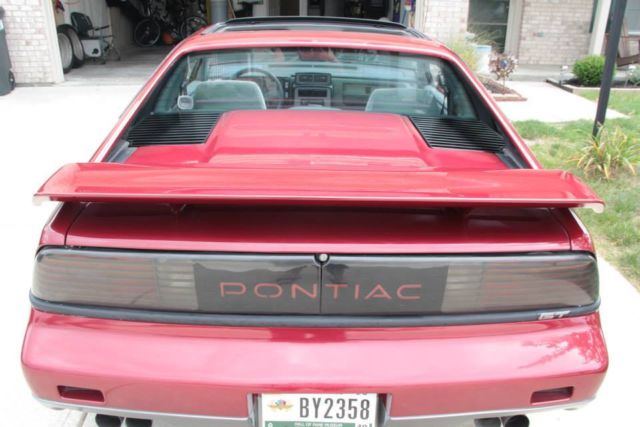
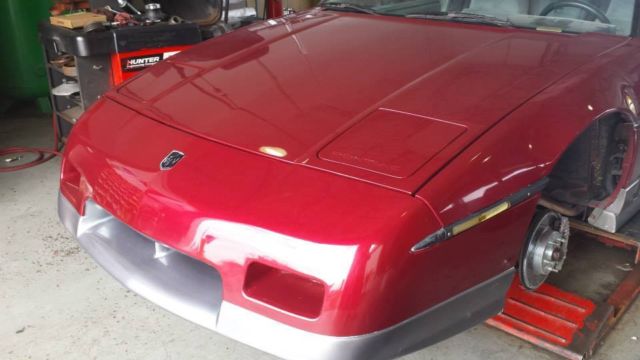
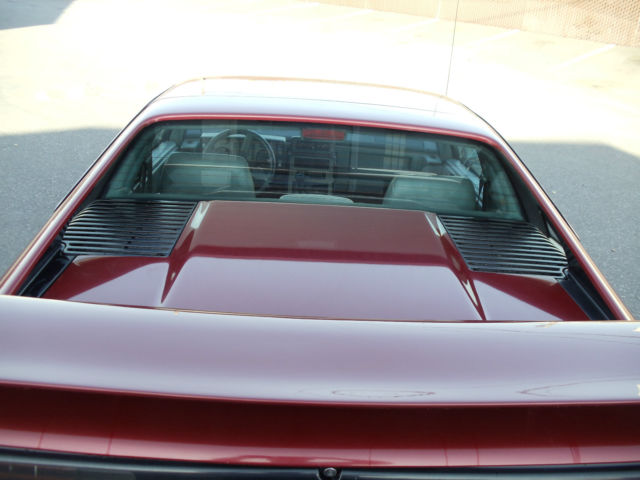

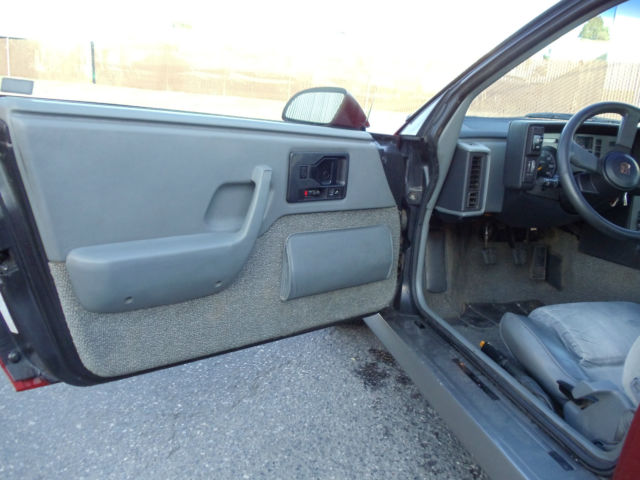

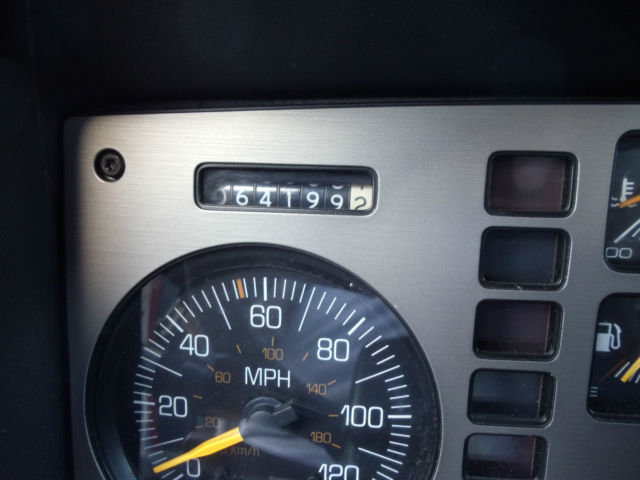
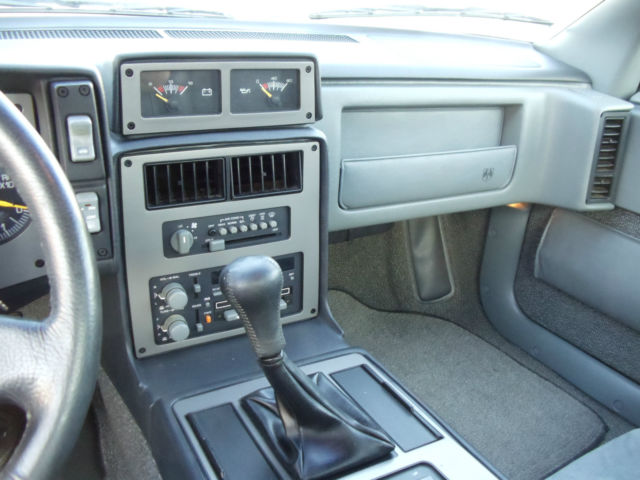


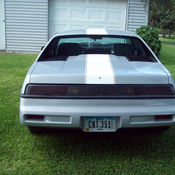 1987 Pontiac Fiero SE Coupe 2-Door 2.5L
1987 Pontiac Fiero SE Coupe 2-Door 2.5L
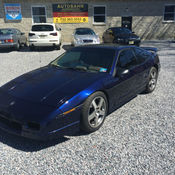 1987 Pontiac Fiero GT Coupe 2-Door 3800 supercharged
1987 Pontiac Fiero GT Coupe 2-Door 3800 supercharged
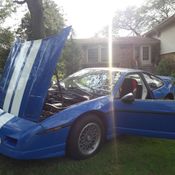 Pontiac Fiero Coupe 1987
Pontiac Fiero Coupe 1987
 1987 Pontiac Fiero GT Coupe, 2.8L V6, 5-speed manual
1987 Pontiac Fiero GT Coupe, 2.8L V6, 5-speed manual
 1987 Pontiac Fiero Coupe 2.5 liter 4 cylinder
1987 Pontiac Fiero Coupe 2.5 liter 4 cylinder
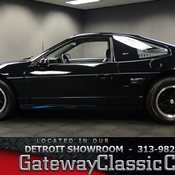 1987 Pontiac Fiero GT 33422 Miles Black Coupe 2.8L V6 FI 4 Speed Automatic
1987 Pontiac Fiero GT 33422 Miles Black Coupe 2.8L V6 FI 4 Speed Automatic